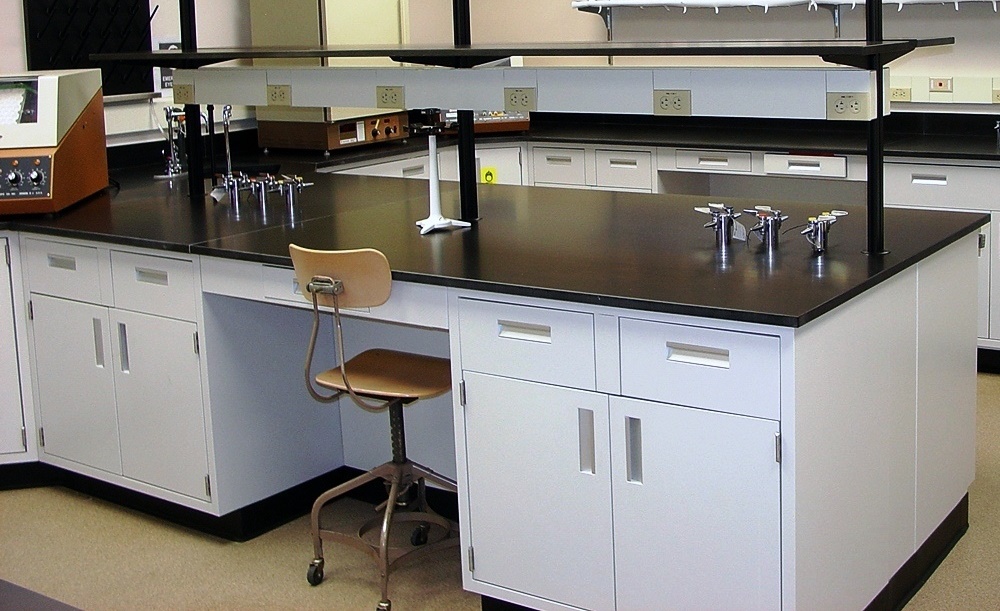Tough Lab Countertops and Worktops for Modern Laboratories

When creating or upgrading a laboratory, among the most important issues to look at is definitely the area material. Lab counters and sinks encounter continual exposure to warmth, chemical substances, and everyday use, so choosing the ideal substance is important. At Shengstone, you will discover a full number of significant-good quality
Why the correct Laboratory Area Matters
A laboratory countertop isn’t merely a workspace—it’s a protective barrier. It will have to resist injury from strong acids, solvents, and heat, when remaining simple to wash and manage. Inadequate-high-quality surfaces can chip, swell, or shed their resistance after some time, bringing about contamination hazards and expensive replacements. That’s why buying the right materials from the start will save both equally time and money Over time.
Epoxy Resin Lab Countertops: Energy and Toughness Merged
They also have a slightly matte texture, which helps prevent glare from lab lighting although preserving a clean, Qualified glimpse. Whether you’re equipping a college lab, analysis facility, or industrial workspace, epoxy resin countertops can deal with years of demanding use.
Epoxy Resin Sinks: Created to Last
For spots that call for continual publicity to liquids or corrosive chemical compounds,
Yet another huge benefit of epoxy resin sinks is they’re effortless to wash. Their non-porous surface area helps prevent bacteria development and contamination, and that is very important for protecting sterile do the job disorders in labs dealing with Organic or chemical tests.
Phenolic Resin Countertops: Lightweight But Rough
Phenolic surfaces can also be an environmentally friendly selection due to the fact they’re designed working with layers of kraft paper infused with resin beneath large stress and heat. This brings about a dense, stable panel that performs properly even in challenging lab environments.
Ceramic Worktops: Heat and Scratch Resistant
Ceramic Worktops give remarkable resistance to substantial temperatures and scratches. They’re ideal for laboratories where by warmth exposure is popular—for instance in chemistry, physics, or industrial testing labs. Ceramic materials can face up to open flame and warm devices with no losing their structural integrity. They’re also very very easy to wipe clean up and proof against staining, creating them both of those useful and prolonged-Long lasting.
A lot of modern laboratories use a mix of materials, for example combining ceramic tops with epoxy resin sinks, to produce a custom-made workspace that satisfies particular desires.
Chemical Resistant Laminate: Inexpensive and Useful
Chemical Resistant Laminate countertops are an awesome option for laboratories that need to have good protection without the increased expense of resin materials. These surfaces are coated with Particular levels that secure against spills, acids, and gentle solvents. Even though not as warmth-resistant as epoxy or ceramic, chemical-resistant laminates conduct well in academic or gentle-responsibility lab configurations where weighty chemical exposure is restricted.
Picking out the Suitable Area for your personal Lab
Selecting the proper materials is dependent upon how your laboratory operates. When you’re dealing with sturdy acids, bases, or solvents often, epoxy resin or phenolic resin can be finest. For prime-temperature environments, ceramic would be the safer decision. For standard labs or educational institutions, chemical-resistant laminate provides a funds-pleasant balance of overall performance and longevity.
At Shengstone, you’ll come across a whole collection of such resources crafted with care and precision. Their products are analyzed to meet demanding field expectations, making certain long-expression reliability and outstanding value.
Remaining Feelings
Laboratory countertops tend to be more than just flat surfaces—they’re the muse of Risk-free and efficient scientific do the job. Whether you’re creating a new facility or upgrading an existing one, picking out the ideal mixture of materials can make all the main difference. From